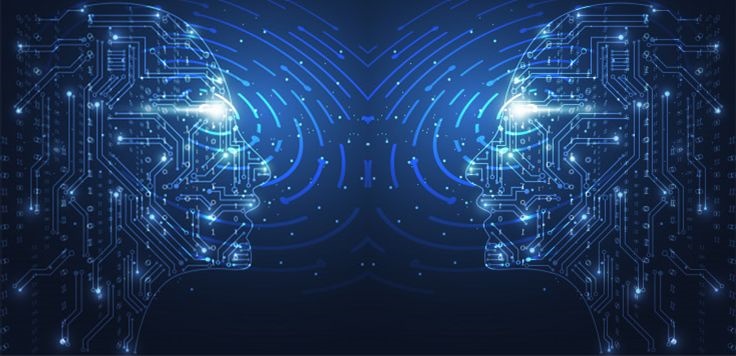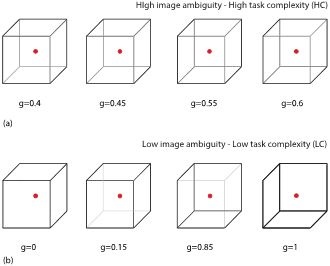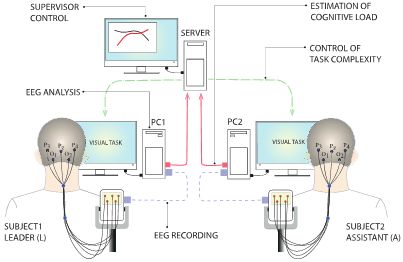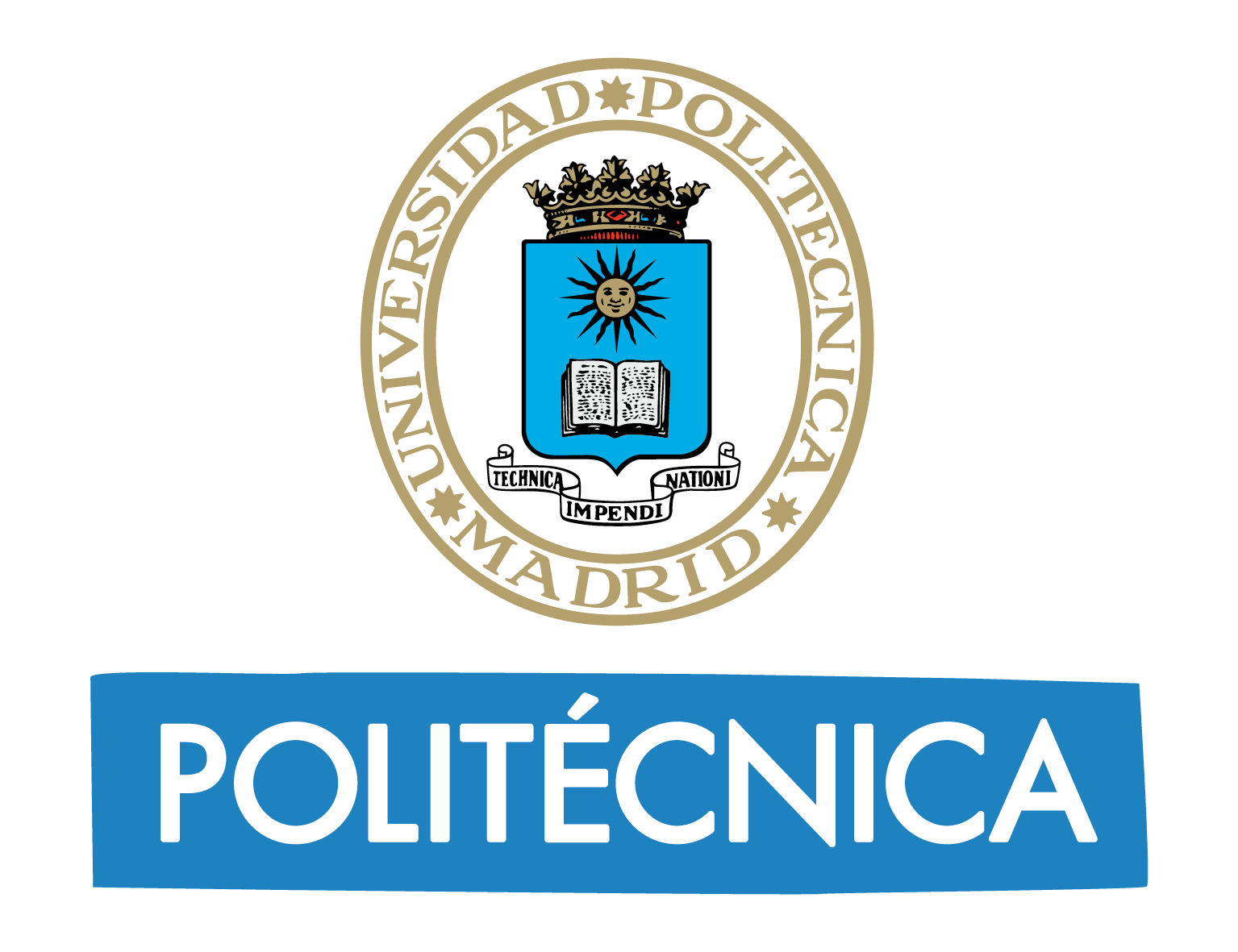Telepathy is now possible with a new neurointerface
A researcher from Universidad Politécnica de Madrid, along with other European scientists, has carried out a study that uses the brain-to-brain interface to improve abilities of a group of people, control objects and communicate telepathically.
An international team of researchers, in which a researcher from the Center of Biomedical Technology at Universidad Politécnica de Madrid is involved, has made progress in the development of neural interfaces (brain-computer) to propose a new interface that includes the direct transfer of information among people (from brain to brain). The brain-computer interfaces can improve the individual abilities of people, but is it possible to improve the cognitive abilities of a group of people?
After a trial, the team of researchers suggests a new brain-brain interface that estimates brain states of every participant and distributes a cognitive load among all the members of the group accomplishing together a common task. The interface allows sharing the whole workload between all participants depending on their current cognitive performance estimated from their electrical brain activity.

Credit: freepik.
Neural interfaces can control external devices by thought. The next stage in the development of neurointerfaces can be systems that ensure the direct transfer of information among people, from the brain of one person to the brain of another. And this is precisely what this team from diverse countries has studied. The results have been published in the Frontiers in Neuroscience journal.
The team, composed of researchers from Spain, Russia, and Germany, carried out a trial in which two people solved together a problem of high cognitive load. The communication between the two people was carried out through the distribution of load between the subjects, according to their degree of cognitive fatigue, with the help of electroencephalograms. The task was to classify ambiguous images on a screen.
The classification of highly ambiguous images required a great cognitive effort compare to the identification of clearer images. The cognitive load was caused by the long duration of the experiment (40 minutes) and the short pauses among the presentation of the images (5-7 seconds). Thus, the subjects were required to have a high level of concentration during the experiment.

Complete set of visual stimuli split into two sets: (A) cubes with high degree of ambiguity representing tasks of high complexity and (B) cubes with low degree of ambiguity representing tasks of low complexity.
In the first stage, the subjects solved the problem independently. The images were presented to every participant: from highest to lowest ambiguity. The analysis of electroencephalogram signals showed that the neural network of the brain cannot continuously process sensory information, and at the same time, maintain a high level of concentration. There are periods of cognitive fatigue, characterized by a decrease in attention, and periods of recovery in which concentration increases again.
In the second stage, a connection was established among the subjects: a set of images was distributed among them according to their cognitive state, this state was assessed in real time using the neurointerface developed. The subject, who is in a state of cognitive fatigue, received images of low ambiguity. The classification of such images required less effort that means a faster recovery.
At that moment, his partner, who showed a higher level of concentration, received images of great ambiguity, that is, of higher cognitive load. Taking into account this load distribution, researchers showed that subjects could be in a state of high concentration for a longer time. Besides, more complex tasks were always delivered to subjects with higher concentration, what it made possible to increase the efficiency of its resolution.

Interaction between two brains. Credit: UPM
Results indicate that such brain-brain neurointerface are able to use in an optimal way the common cognitive resource in a group of people to solve a join task when distributing the common task among the people according to the objective information of their brain activity. At the same time, unlike the human-machine interaction, the interaction between people through a neural interface requires continuous monitoring of the current state of the subjects. If a machine is always ready to solve a complex task, when it comes to a person, the complexity of such a task has to be set due to the limitation of his cognitive resource.
Alexander Pisarchik, a CTB researcher at UPM concludes, “the obtained results can be a starting point for the development of systems of neural communication among people that allow “feeling” the conditions of the other what it gives, as a result, a more efficient interaction”.
Maksimenko, V.A.; Hramov, A.E.; Frolov, N.S.; Luttjohann, A.; Nedaivozov, V.O.; Grubov, V.V.; Runnova, A.E.; Makarov, V.V.; Kurths, J.; Pisarchik, A.N. (2018). Increasing Human Performance by Sharing Cognitive Load Using Brain-to-Brain Interface. FRONTIERS IN NEUROSCIENCE 12 (949) DOI: 10.3389/fnins.2018.00949


